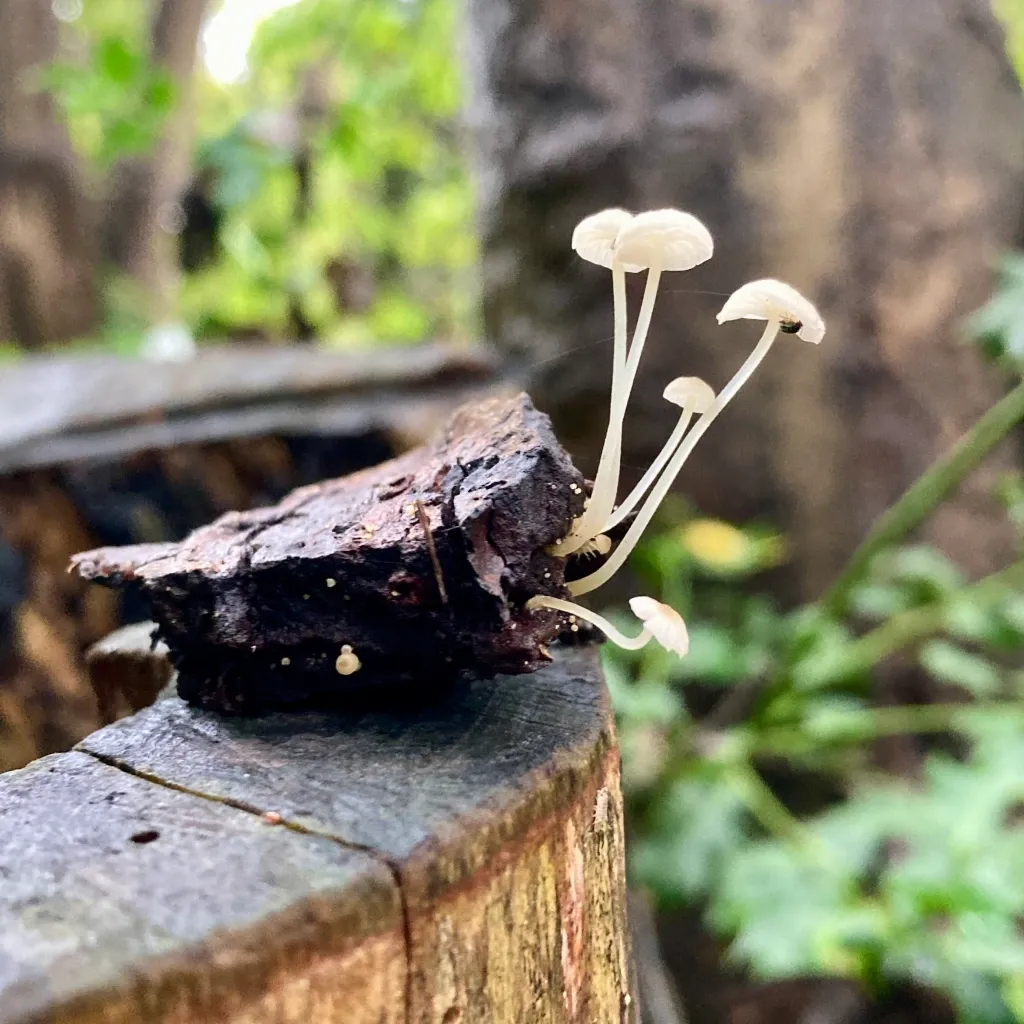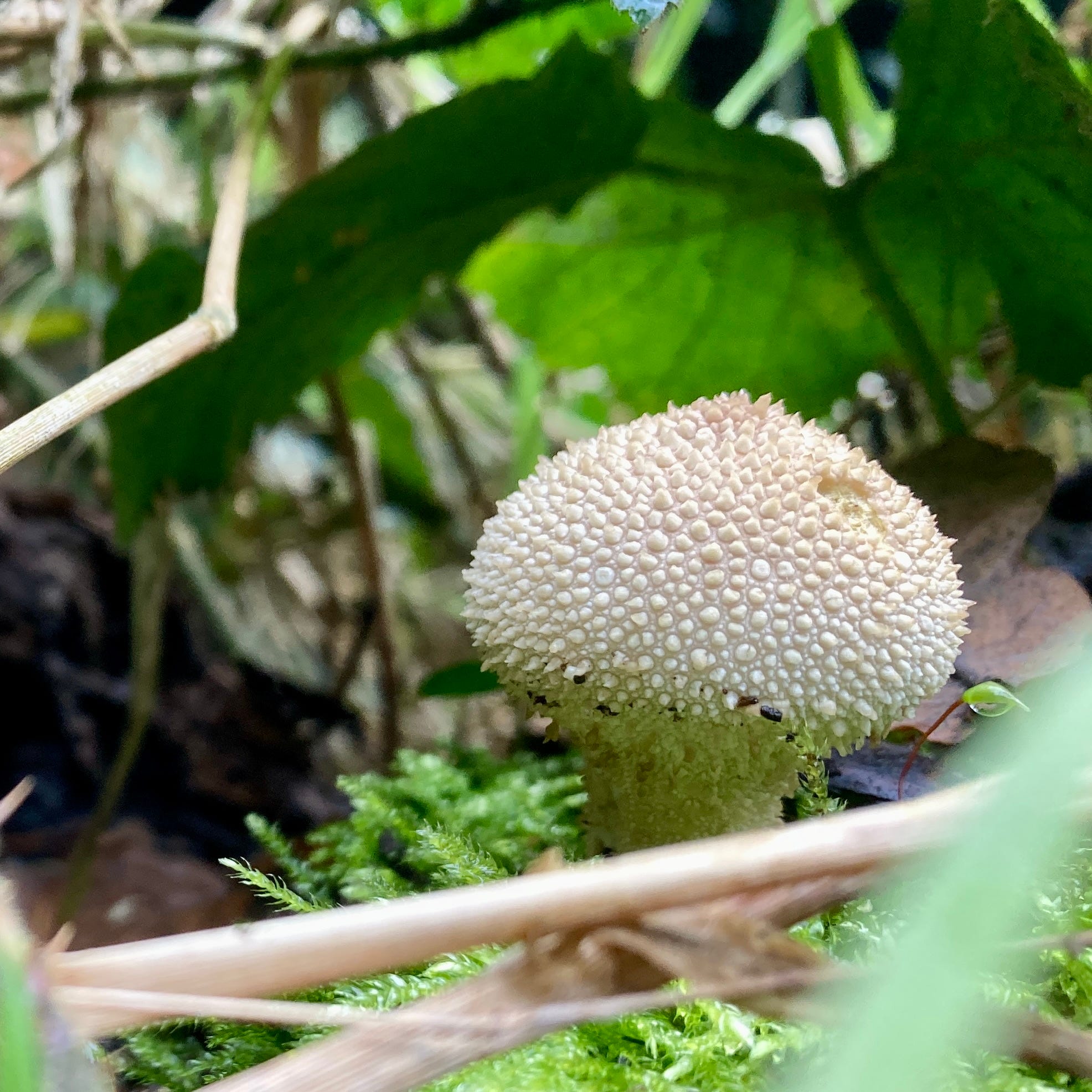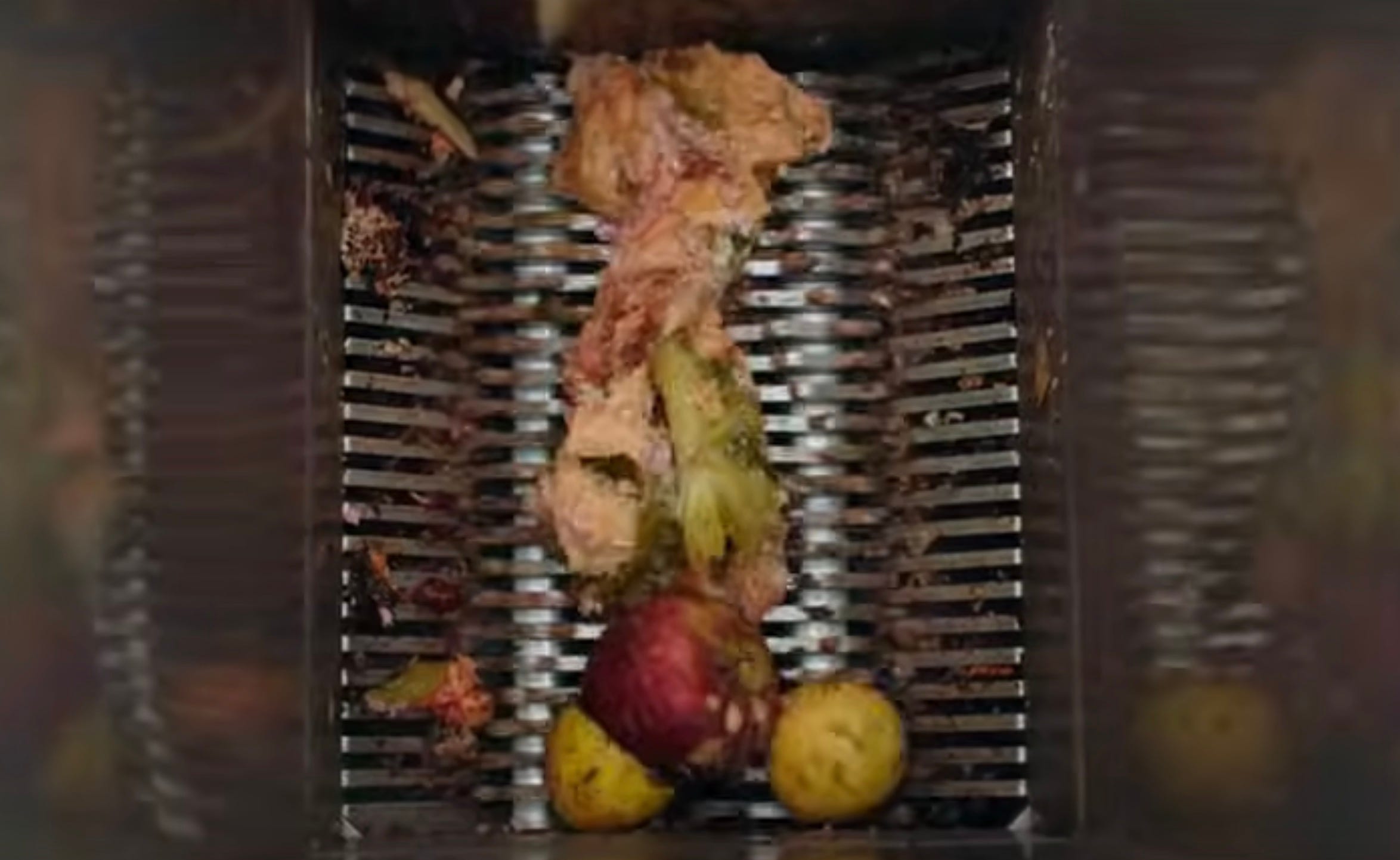The Aerobic Digest 5: Of rats and shrooms
Scroll down for a food scraps grinder I want to identify.

Let’s dive right in with a question from m’learned chum Jez:
In the past I've had the odd rat living in my urban compost, and now I'm fully rural encountered the odd mouse or vole, but I've never considered them a problem. You imply quite strongly that they are. But why?
First and foremost, having rats in your compost is not a problem for your compost. They won’t harm the process and if anything help it along by burrowing in and aerating the pile. But there are reasons you might not want to find a rat in your heap.
The biggest one is really public relations – there’s an assumption that compost heaps attract and encourage rats and mice. While it’s debatable whether they do much to increase the general population, especially in an urban environment, a warm compost pile can be a great home for them.
As prey animals rats and mice are shy and keep themselves hidden from humans, which means humans are often under the delusion that there aren’t that many around. Since turning compost will be one of the few times we come face to face with rats, its easy to come to the mistaken conclusion that the rats are only there because of the compost.
Faced with this faulty logic, those of us that are interested in community composting very quickly realise that the best way to avoid these conversations is to rat-proof our heaps. I’ve been using a 6x6mm wire mesh which is not that cheap but does the job. This way even if there’s a massive local rat population we can confidently say it’s not our doing.
Weil's disease from rat urine is often cited as a risk, but only if you’re working your heap without adequate protection and there’s a lot of standing water around. If we’re being honest composting can be health hazard if not done with care, whether your breathing in dust when turning a dry heap or not wearing gloves when handing mouldy food. I’d probably put rat piss low on the risk register but eliminating any chance of it does help with the the above public relations.
Probably the main reason for me to rat proof my own heaps is that they’ve been much tidier ever since. Tunnels dug and holes chewed can make a big mess which muggins here has to tidy up and repair. Covering everything in a fine mesh means that I find my heaps as I left them, with the added bonus of no cute little shocks and surprises as I dig.
Bruce Darrell has a characteristically comprehensive video about his nine methods for controlling the rat population at RED Gardens. It’s bit a gruesome at times, so not for the squeamish, and his preferred solution of asphyxiating them with a propane flame thrower might not scale to your setup, but along the way he answers a lot of questions about why this is necessary for him (they eat his crops) and how to be relatively humane about it.
Photography: Mushrooms in Moseley Bog
It’s mushroom season here in the UK and Fiona went on local mycelium legend Lucas Large’s tour of Moseley Bog last weekend. Here’s a couple of her photos from the walk


I wasn’t able to go but last year I had a great time and took loads of photos. You can see my full album here while Fiona’s are on the Walkspace Instagram. I remember I took my chunky Nikon DSLR with a decent lens but my phone was much more effective. It let me get right into the undergrowth and down to a fungus-eye view, and tap-dragging to darken the image made everything pop beautifully.
If you’re in South Birmingham, Lucas is doing a similar walk around Highbury Park this Friday 27th. I may well be there!
Video: The bEartha community composting machine
It’s no secret that my long-term goal is to develop a community-scale composting operation, taking all the food waste from the homes and businesses in my area and processing it locally to feed their neighbourhood soil. This video about a growing community compost scheme in New Zealand hits all the notes: wide-eyed idealism crashing into harsh realities, the pitfalls of scaling from hand-built heaps to mechanical systems, the terror of careful plans unravelling due to unforeseen circumstances, the soul-sapping indifference of officials from city and industry. But all overcome by some innovative thinking and a lot of community action. It’s a rollercoaster, to be sure, and a fun watch even if you have no interest in compost.
But we do have an interest in compost, so it’s all very intriguing. I found myself pausing to examine some aspect of their operation and wishing I could zoom in and get a closer look. Take this, for example.

It’s the sort of grinder you see being used to crush metal waste into smaller pieces and I’ve often thought it would be much better for processing food waste than the standard garden chippers and mulchers. But I’ve never seen on at this scale. They’re either massive bastards in recycling plants or tiny hand-cranked fripperies. This looks to be exactly what I’m after - the goldilocks of grinders - but it’s only shown for a second.
I guess I should just email them, but if anyone knows what this is called and where I can get one I’d be most grateful.
Anyway, there’s more about the community compost scheme on their website. Next time I’m visiting my relatives over there I’ll have to pay them a visit!
Long read: These fungophobic isles
I enjoyed this article about British culture’s complicated relationship wth mushrooms. I’d always assumed being extra cautious about wild fungi was a perfectly sensible thing, but of course other cultures are much more laissez faire.
“Fungophobia,” wrote British naturalist William Delisle Hay in 1887, “is very curious. If it were human – that is, universal – one would be inclined to set it down as an instinct and to reverence it accordingly. But it is not human – it is merely British.” Seemingly, we’ve been this way for hundreds of years. To the Victorians, fungi were “vegetable vermin, only made to be destroyed”; to the Elizabethans they were “earthie excrescences” which “suffocate and strangle the eater”; and medieval folk seasoned their distaste with antisemitism, scorning mushrooms as “Jew’s meat”. Is it that Brits prefer their food tame? We are Europe’s biggest consumers of ready meals, after all. Or do fungi, with their upstart habits and rude forms, offend British decency? Famously, Henrietta Darwin, Charles’s eldest, used to gather the most phallic of the forest fungi and burn them behind closed doors.
Thanks again for reading! Last weekend I received a truck-load of horse manure which is currently sitting under a tarp waiting for me to decide exactly what to do with it. This is my first experience with poop from an animal larger than a rabbit so it’s all very exciting!
See you in a period of time somewhere between seven and twenty-one days,
Your friend in rotting vegetation,
Pete Ashton